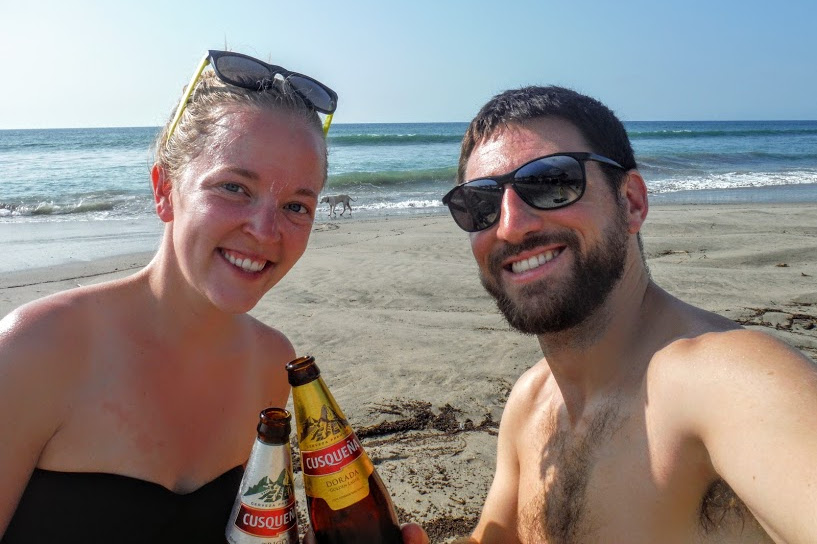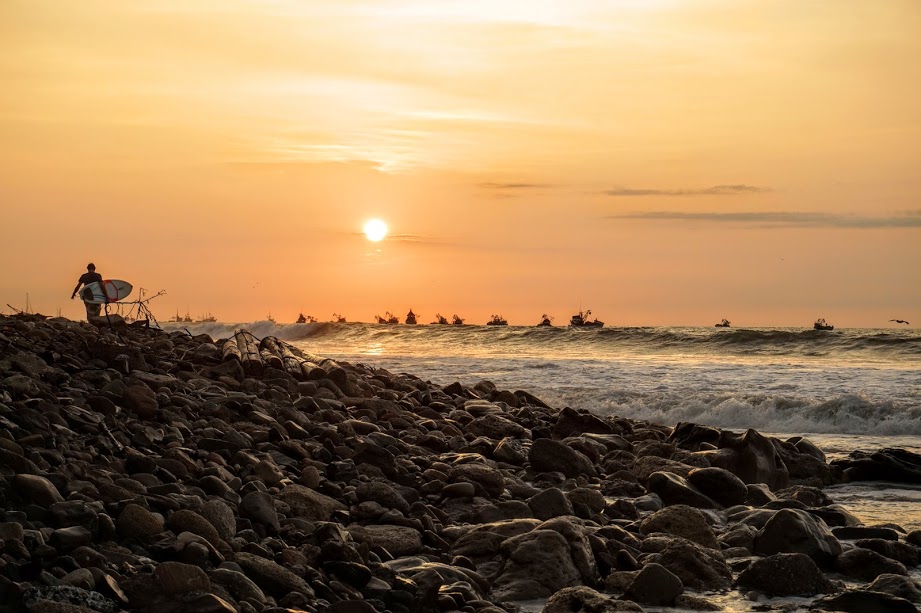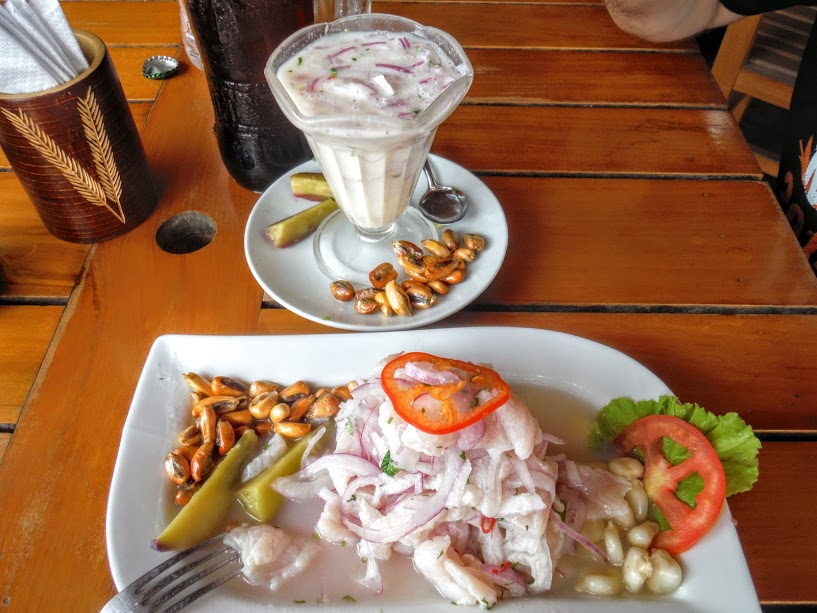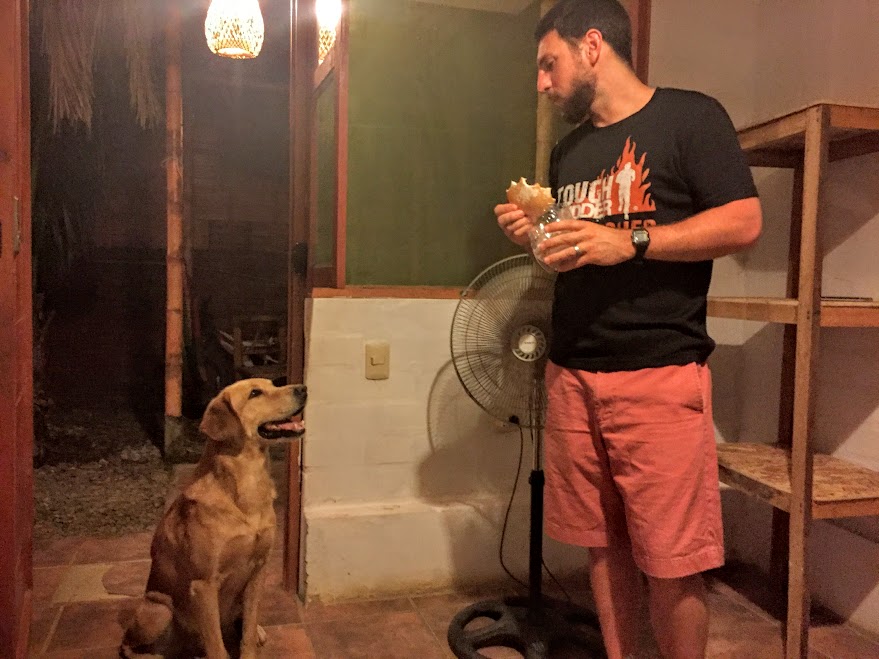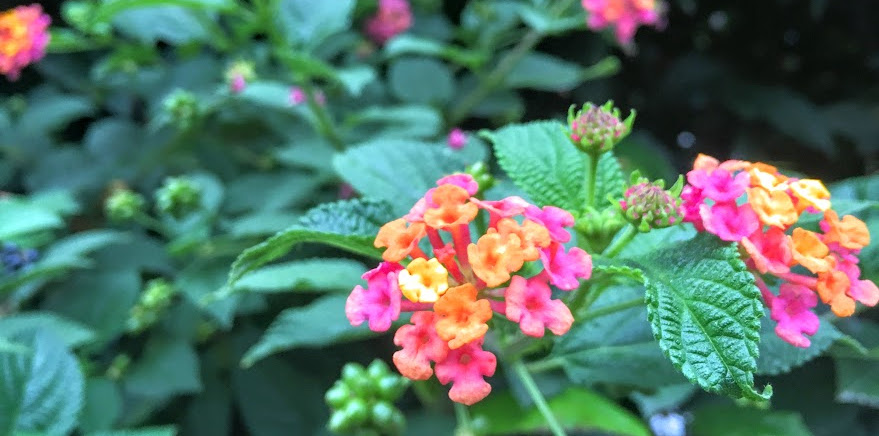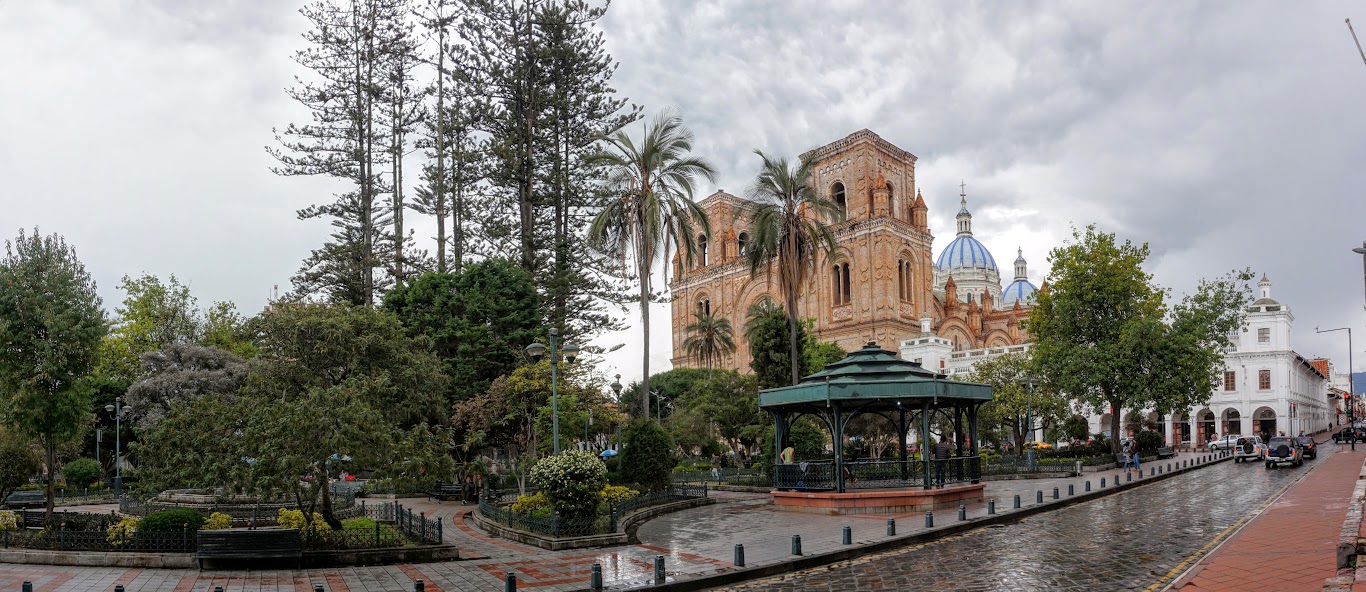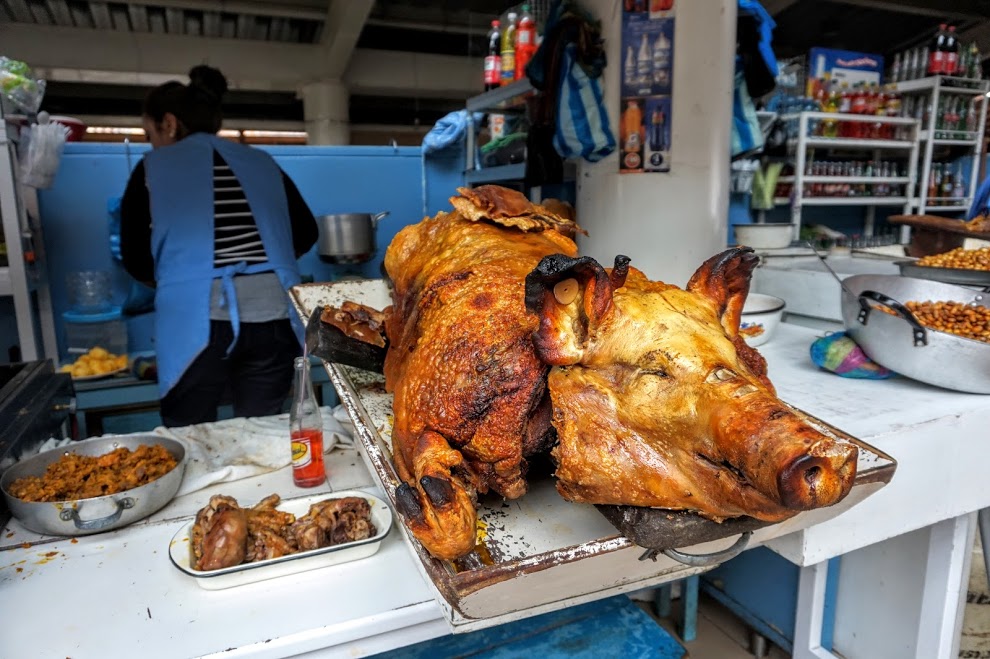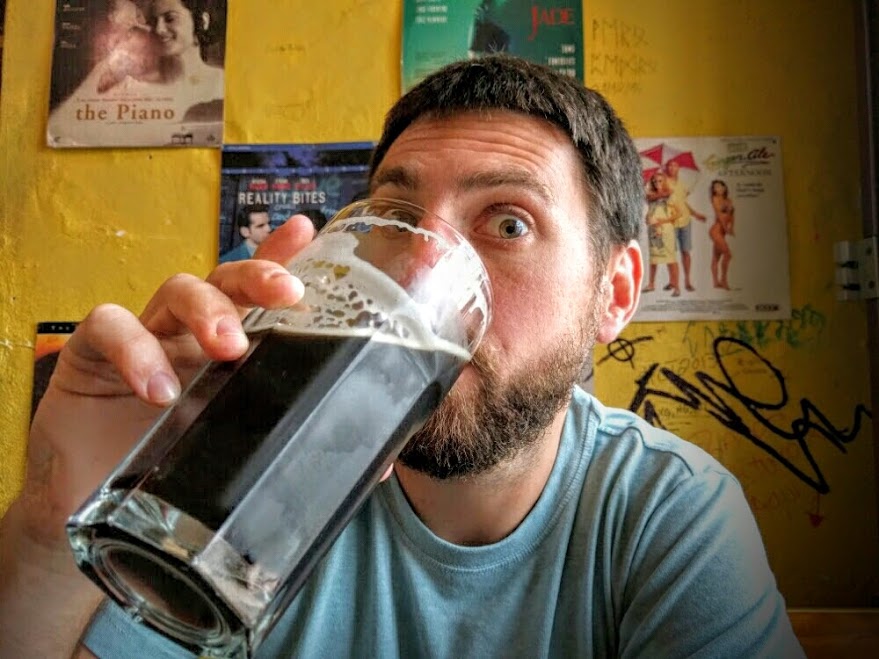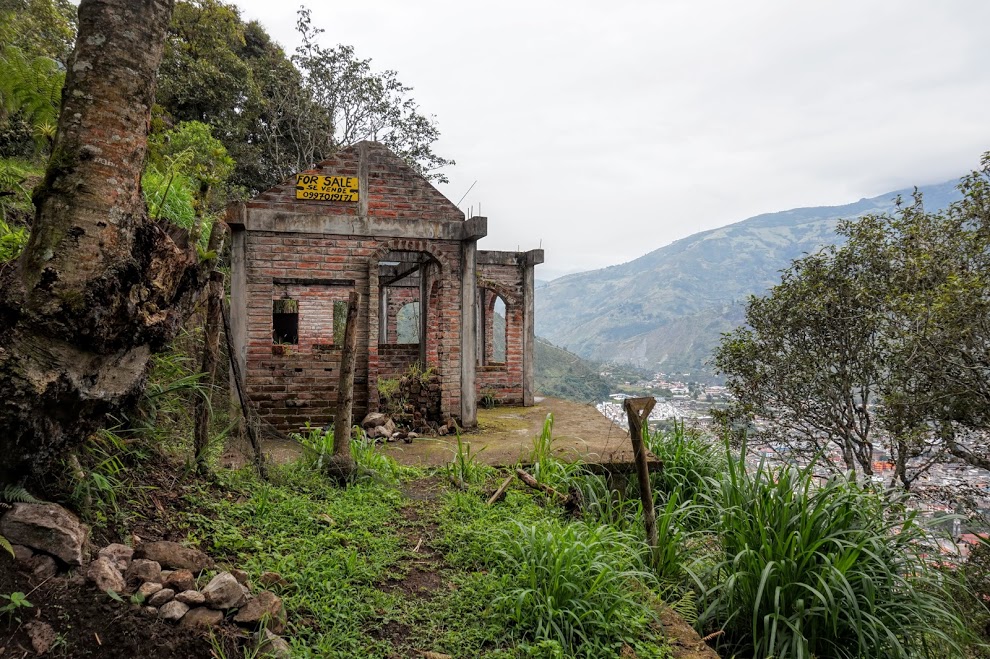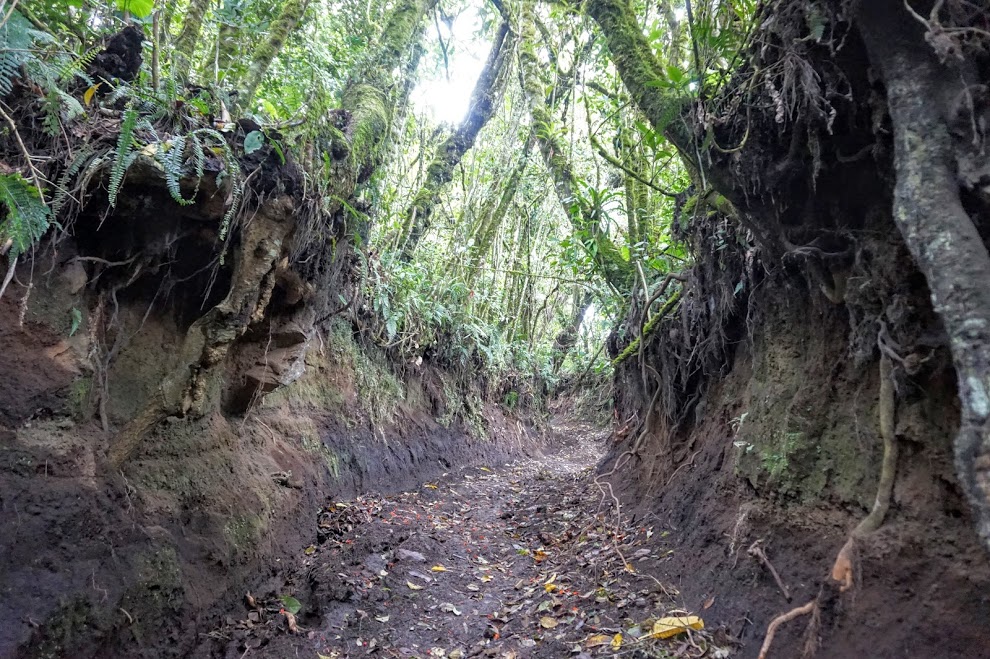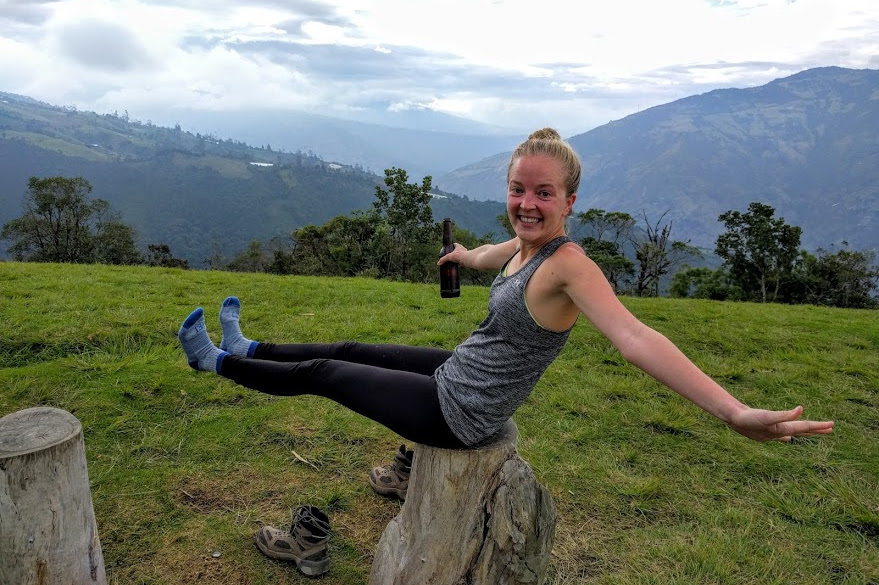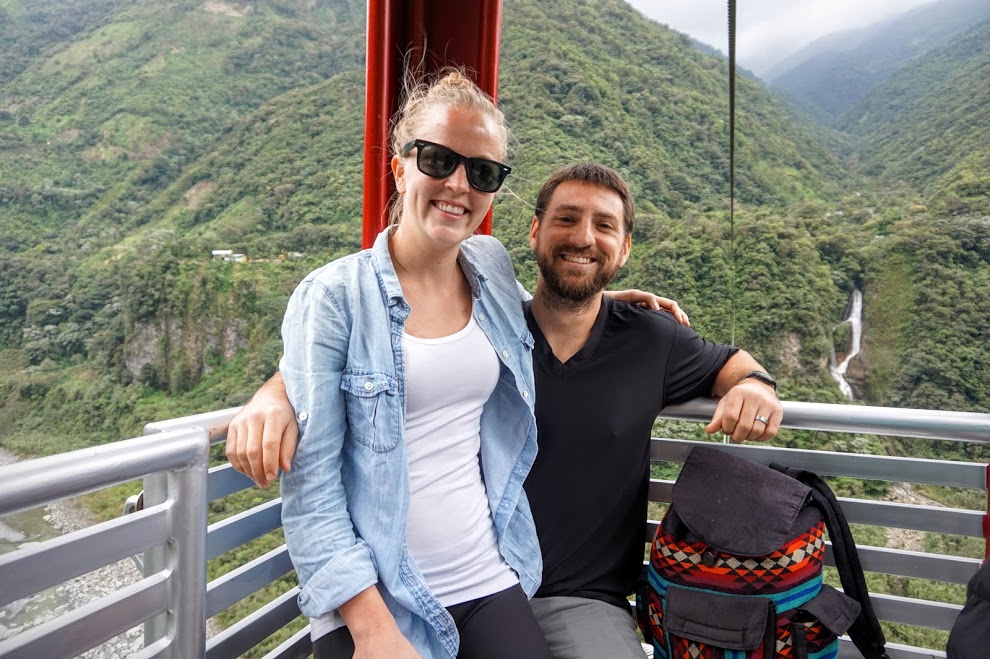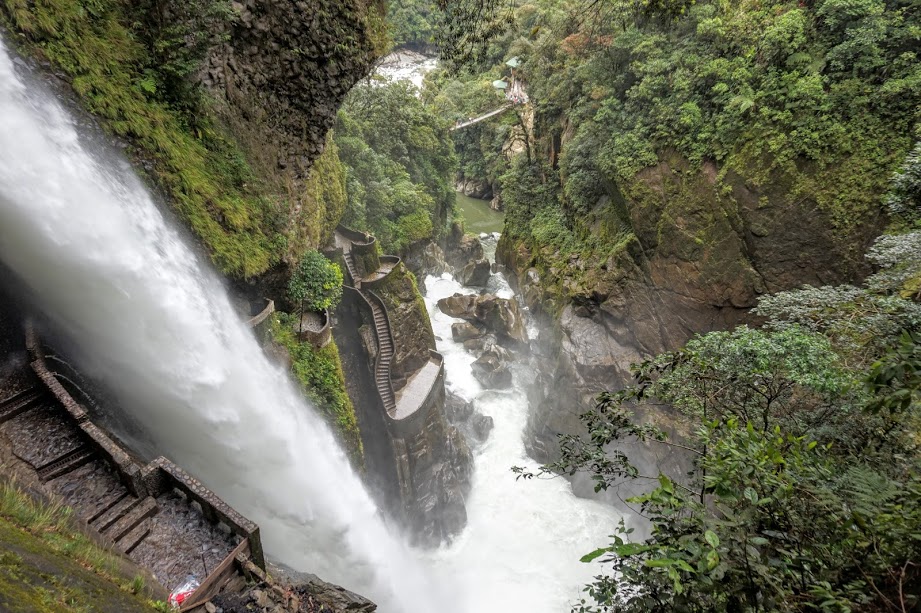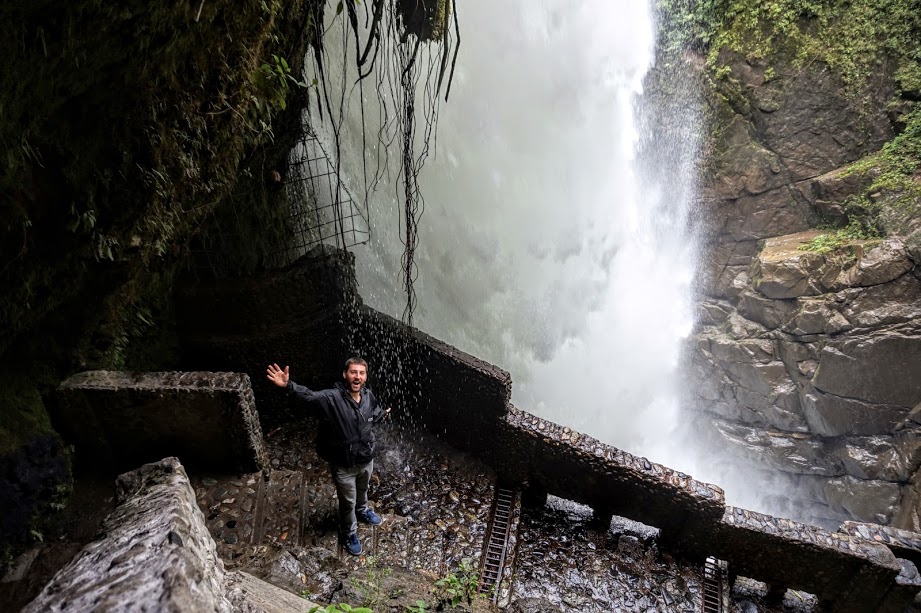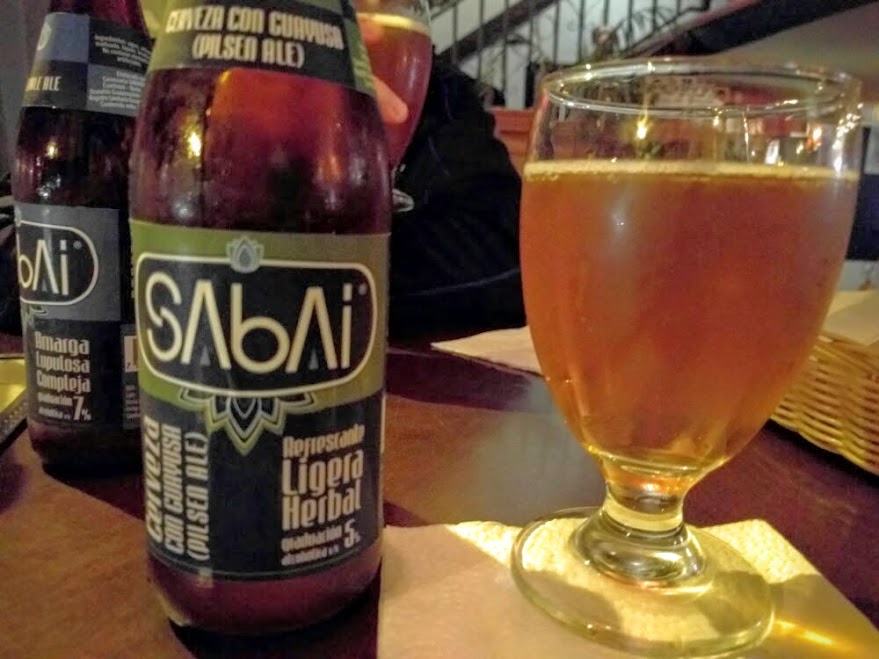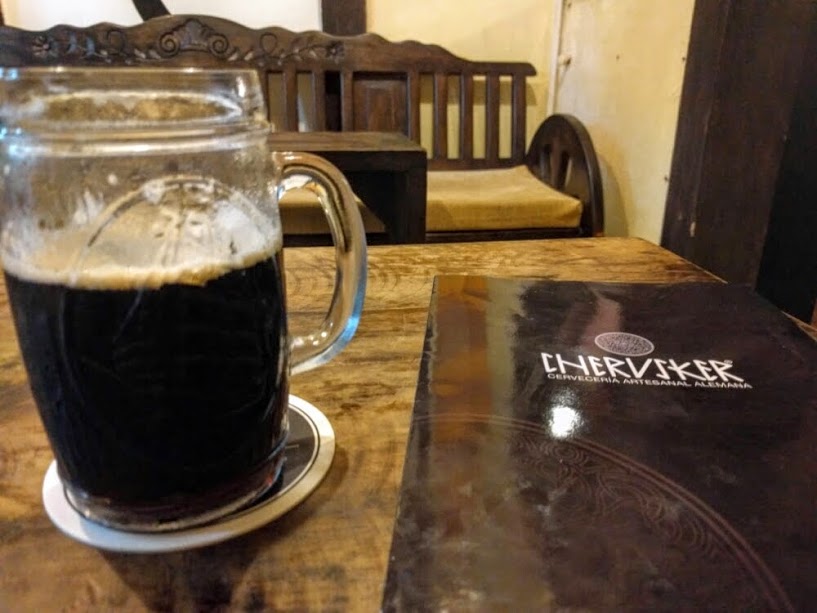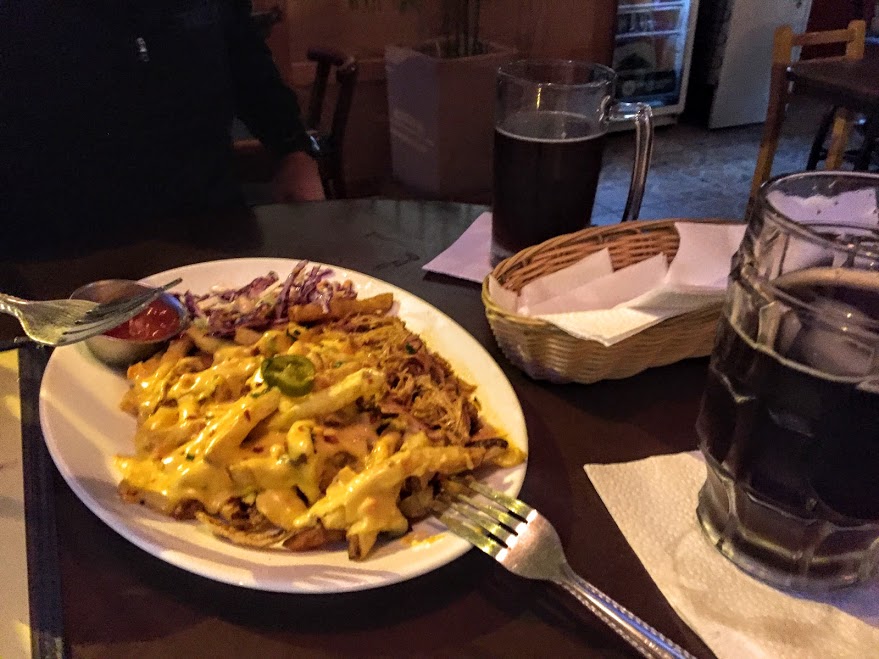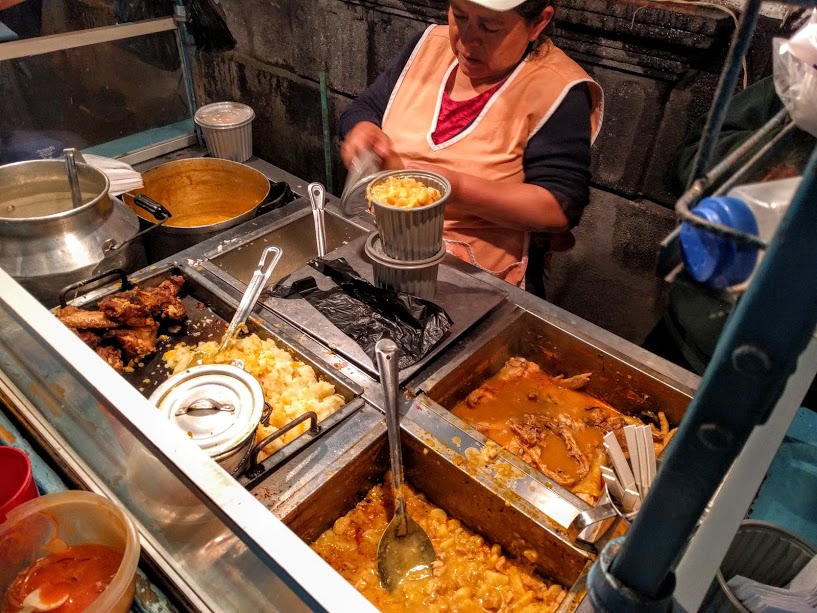We arrived in Trujillo around 7 am on Friday via an overnight bus from Máncora. We booked another place that let us check in super early, so we went back to bed for a few hours before heading out to walk around the city. When we first arrived, it was hazy outside and the city seemed a bit dirty; however, once we got to exploring, our views of it were totally changed as we discovered its charming streets and awesome pre-Incan ruins.
We visited the UNESCO World Heritage site of Chan Chan first, the capital of the Chimor empire from AD 900 to 1470. The ruins are huge! There are ten structures within the 20 square miles, only one of which you actually visit since it’s the best preserved. Each structure was used as a palace for royals and the king’s family, and then when the king died, the new king would build his own palace - thus ten different generations in ten different structures. Throughout the one we toured, there were several animals decorating the walls including otters, fish, and pelicans, which symbolized the relationship between land, air, and sea. The Chimor people were ultimately defeated by the Incas and incorporated into their society.
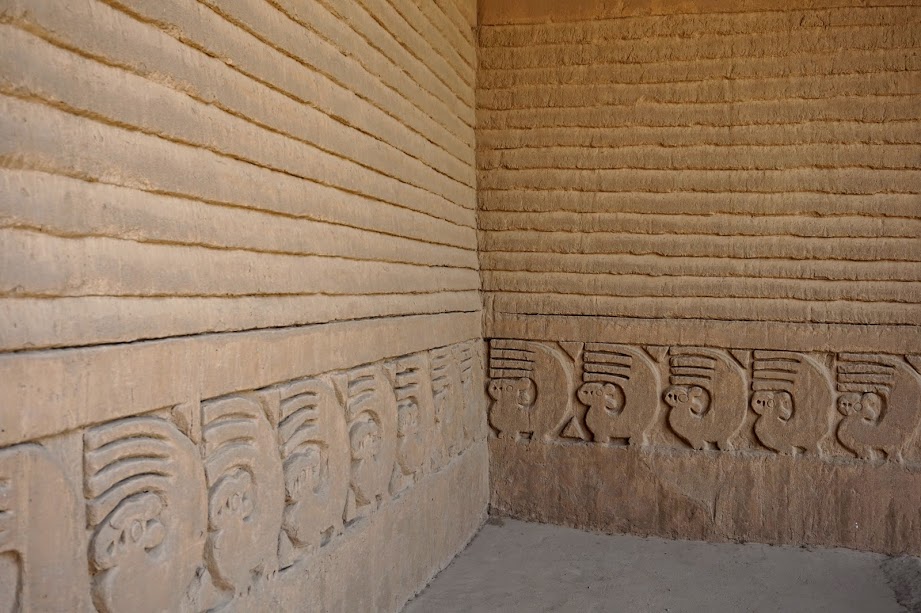


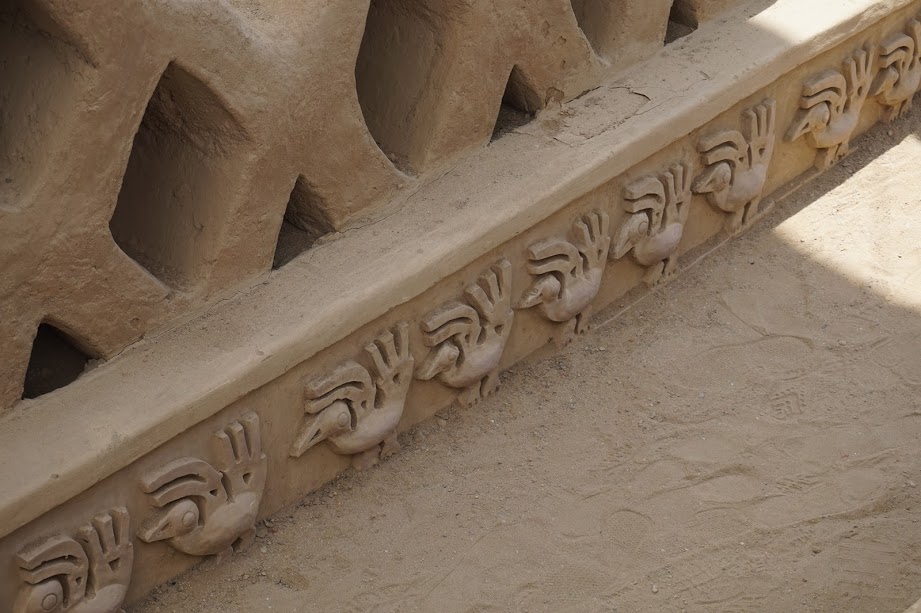

The Chan Chan ruins are about 5 km outside of Trujillo, so we hopped on a colectivo to ride back to the city… but it turned out to be the most indirect one. Colectivos are basically large passenger vans with a conductor (separate from the driver) who hangs out the window yelling various destinations to pedestrians. When we asked the conductor if he was going to the city center where our hostel was, he said “¡Sí sí!” so we hopped on. We ended up on an hour long bus ride that basically turned out to be a tour of the entire city! It was awesome to see a lot of the areas we probably wouldn’t get to on foot, even if the ride took three times as long as it would have had we been on the correct bus. Plus, it only cost 1 sol (aka 30 cents).
After we visited the ruins, we were ready for some lunch and headed toward a restaurant that was supposed to have awesome ceviche. Along the way, we struck up a conversation with two locals who were shocked to learn we knew about this cevicheria since “only locals go there.” (Thanks, Internet!) They asked if they could join us, so we ended up spending the afternoon eating delicious ceviche and learning about the city from locals over cervezas. Things we learned included:
- Colectivo drivers are paid based on the number of passengers they have. To get as many passengers as possible, they could try to drive very slowly, but this would not be fair to the colectivo immediately behind them who wouldn’t get any passengers. To prevent this, drivers must punch a time-card at several checkpoints. If they’re late to these checkpoints, they can end up owing the driver of the bus after them some money.
- Trujillo is attempting to apply for a UNESCO World Heritage Site for the city’s historical center. The result of this is the brightly colored buildings and ongoing restoration projects (apparently the previous mayor had installed fountains with colored lights, which aren’t kosher with UNESCO).
- After we mentioned we had tried Ayahuasca in Ecuador, they were a little surprised. They have no plans of ever trying it because they have friends who have tried it and had drastic personality changes (some good, some bad) because of it. We don’t feel any different, but it’s something we will think about if we have the chance to try it again.
- After we finished our ceviche, they asked the waitress to pour the remaining juice into a cup for us to drink. It wasn’t until after Vesper chugged it that they mentioned it is an aphrodisiac.
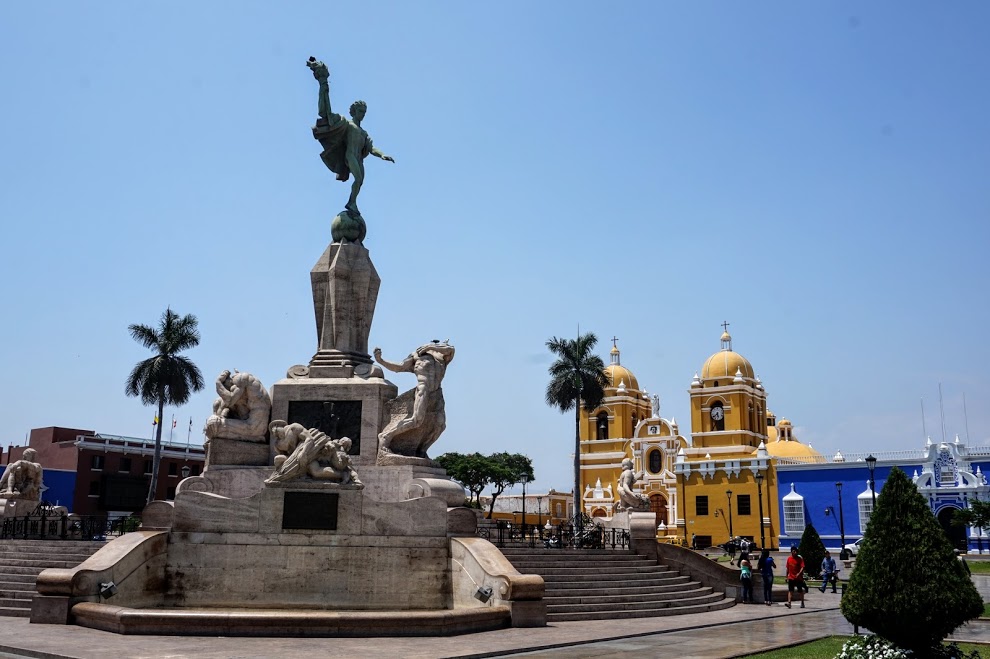
The locals also told us to check out the ruins of Huacas del Sol y la Luna, which they thought were more interesting than Chan Chan. Intrigued, we went there the next day to learn about the Moche people, another pre-Incan culture that also existed 700 years before the Chimor empire. You can only visit the Huaca de la Luna (Temple of the Moon) as the Huaca del Sol was partially destroyed in the 17th century when the Spanish redirected a river towards it to help with looting gold. We first visited a museum to learn about the structures and Moche customs, which often included human sacrifices. There were two types of sacrifices: one to help restore order when the people were plagued with bad weather (El Niño type phenomena), and the other to ask the gods to maintain balance when things were going well. In addition to the museum, our ticket also included a tour of the Huaca de la Luna… in Spanish. Good thing we went to the museum first. Although the tour was less informative than the one we had at Chan Chan, the ruins here were so well preserved that you could see the original murals with vibrant colors on parts of the structure! The temple consists of several different levels, which were built on top of each other over the course of six hundred years. Each time a new level was built, the previous level was completely filled in with bricks to become the base for the new temple. We learned in the museum that archeologists think this rebuilding may have coincided with a religious calendar.

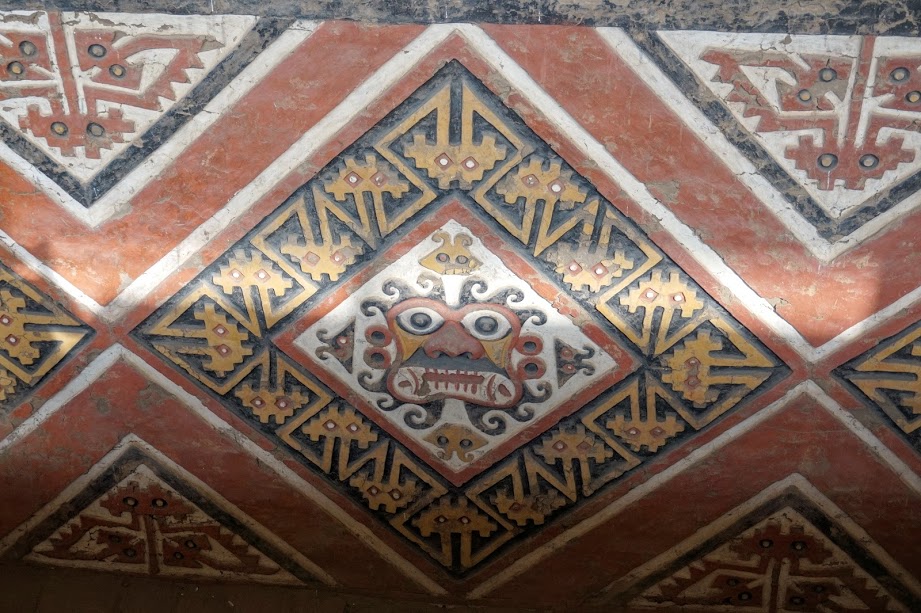
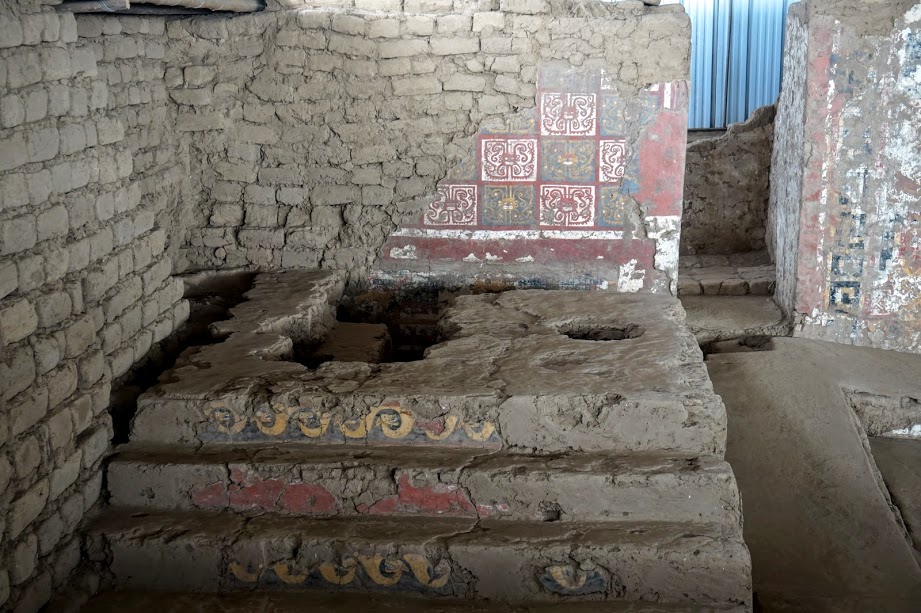
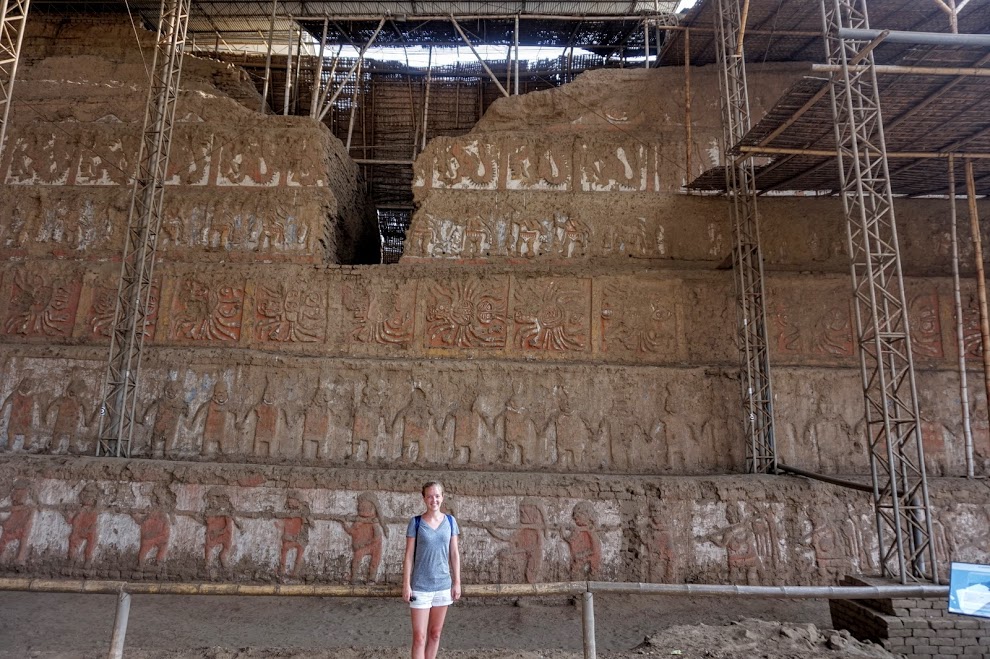
Despite our initial slightly negative impressions of the city, we ended up really enjoying Trujillo. Maybe it was the awesome people we spent our time with or a blessed relief from the heat and mosquitoes of Máncora, but we were glad to have our views changed and learn more about the history of this awesome country.


